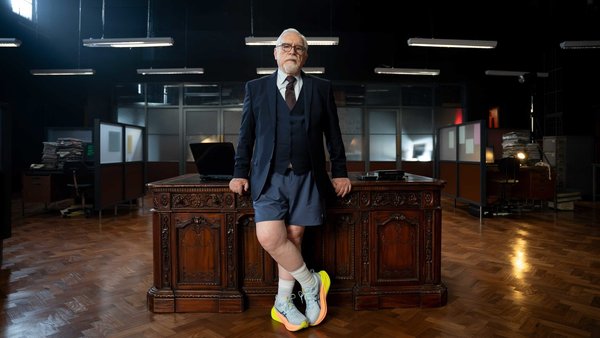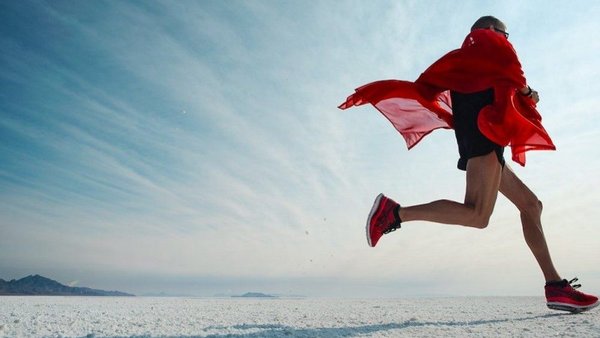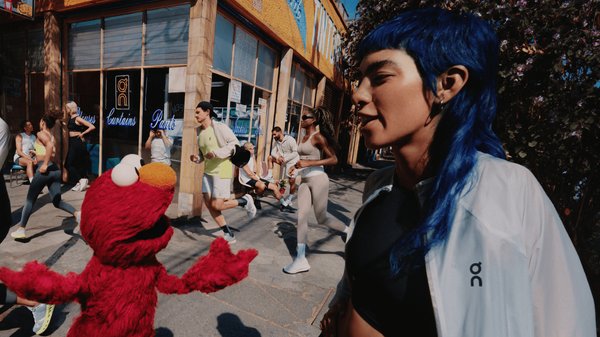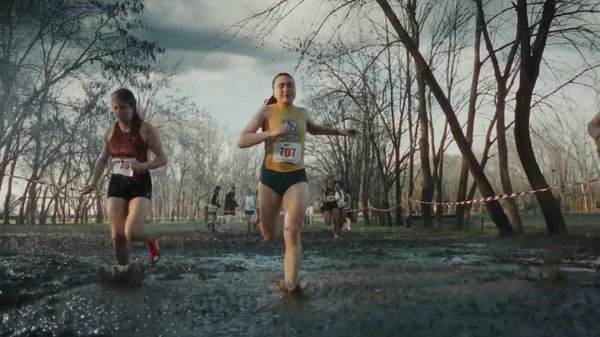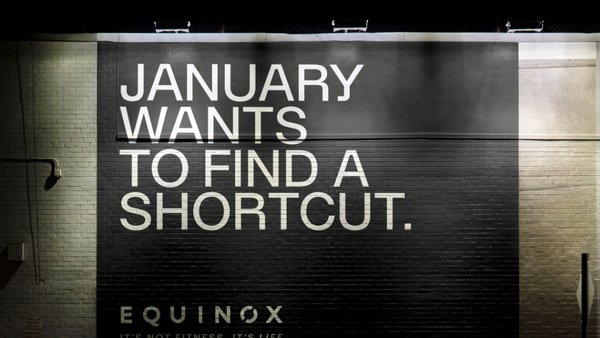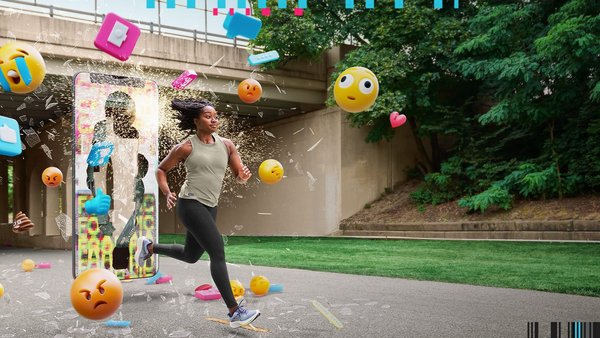In October 2024, Contagious covered Asics’ The Desk Break campaign, featuring Succession star Brian Cox, to encourage workplace movement breaks for mental health, ahead of World Mental Health Day.
The campaign follows Asics’ research showing that mental health declines after two hours of continuous desk work, which can be reversed with just 15 minutes of physical activity.
The Japanese multinational sportswear brand introduced a Desk Break clause for its employees and urged others to adopt it, while promoting the initiative globally through social media and workplace influencers.
Results Updated 7/2/2025: According to the agency, the campaign gathered over 10 million organic views, of which 77% were complete views, and 931,000 organic social media engagements. It generated a record-breaking brand lift across all brand metrics, including a 25% increase in association with ‘Sound Mind, Sound Body’ and a 32% rise in audience ‘likelihood to promote’. Over 60 businesses supported Desk Break clause. What’s more, the campaign was shared by the Director General of the WHO.
To find out more about the campaign, we spoke with Gary Raucher, executive vice president and head of product, marketing and merchandising at Asics, along with Golin chief creative officer Alex Wood and global chief creative officer George Bryant. They told us that:
- A challenge for Asics is sustaining post-Covid growth, and its strategy to deliver on this is to increase overall physical activity and participation in sports to expand the market
- Asics caters to a wide variety of runners and athletes with comfort-led innovations, ensuring its products enhance the experience of movement and keep people active, regardless of their sport or level
- The campaign leverages Brian Cox’s cultural relevance as the world’s scariest boss to highlight the dangers of sedentary desk work in a way that resonates with post-pandemic frustrations around office culture
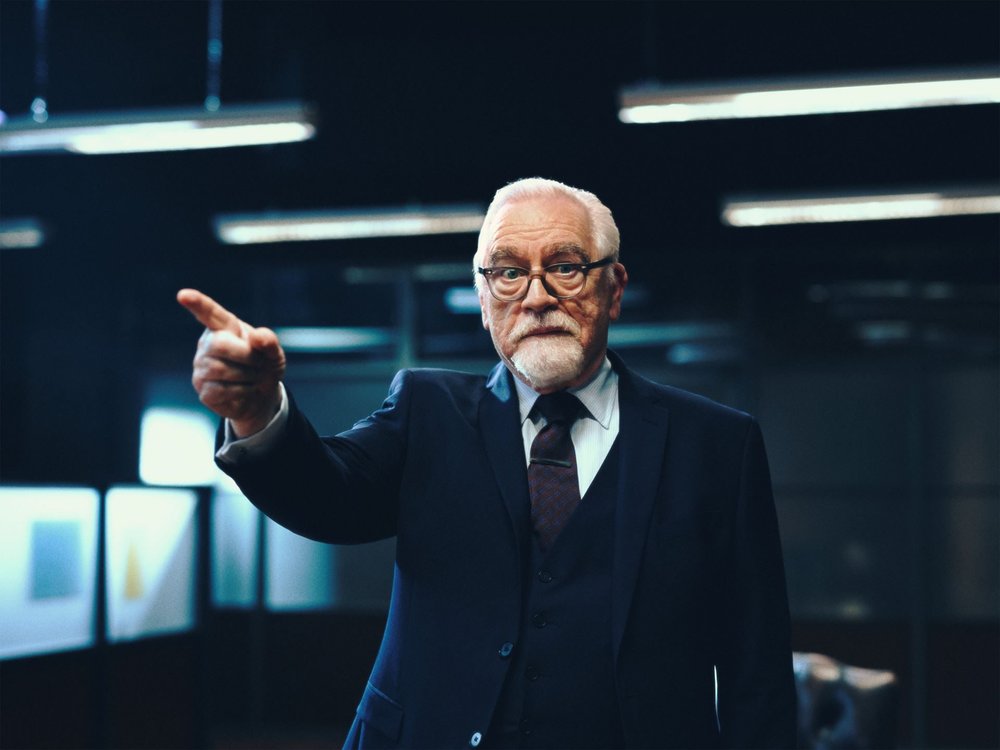
Can you tell us about Asics’ Sound Mind, Sound Body brand platform and its positioning around the benefits of exercise on mental health and wellbeing?
Gary Raucher: Although Asics has existed for more than 75 years, it was only just a few years ago that we clearly defined what that positioning would be. The key for us was when we went back to our roots, so that now we have a positioning that is relevant, credible and differentiating from the competition.
The challenge for us is: how do you find creative and innovative ways to tell the same story again and again and again? The strongest brands in the world are the ones that are masters at repetition. We realise that, although maybe we’ve seen all of our campaigns, there’s still a lot of people out there that haven’t. They still don’t know what Asics means. So what we try to do is give a very tight brief to our partners. It’s the same brief season after season, year after year, and shows that there still is a lot of runway for us to come up with new and creative ways to tell that same story.
I joined in 2019 and that’s when we really started doing the brand strategy work – actually, 2020 was the first time that we launched anything under the Sound Mind, Sound Body platform. It’s always been in our name [ASICS is an acronym for ‘anima sana in corpore sano – meaning ‘a sound mind in a sound body’] but, as I always say, a brand should find its fruits in its roots.
We went back to the founding philosophy and put on paper why we are different. I know that purpose these days sometimes gets a bad name but, for us, it’s important that our founding philosophy is our guiding purpose as a brand, and we’ve put that front and centre.
It was about making sure that the work started in culture and stayed true to that, and that aided the travel of it
Alex Wood, Golin, London
Some of your competitors are dialling up the importance of performance in their comms, e.g. Nike. Is that a challenge to Asics’ focus on running for wellbeing?
Raucher: We think the positioning needs to be relevant, credible and differentiating, so it’s actually a good thing if competitors are sticking to their lane, and we have a unique lane that is for ourselves. I wouldn’t necessarily say that there needs to be a tension between performance and wellbeing. The difference is more that a lot of brands are about winning at all costs, as opposed to caring for physical and mental wellbeing.
There’s a difference between being an exclusive brand and an inclusive one. When Nike came out with the recent campaign Winning Isn’t For Everyone, there was an initial worry inside of Asics - ‘Oh, maybe they are like us, saying that winning can be for anyone.’ In the end, we were reassured that they’ve stuck to this sense of exclusivity of either you are a winner or you have to work harder to become a winner. Whereas we believe that the minute you decide to do any exercise, no matter how big or small, you are already experiencing the positive benefits of movement, not just on your physical body, but on your mind.
That’s based on our research, which has shown that it only takes 15 minutes to achieve a mental uplift. We’re happy when the competition is focusing on something else because this is uniquely Asics.
Gary Raucher, Asics
What are Asics’ biggest business challenges? How much do they overlap with category-wide challenges?
Raucher: If there is an overarching challenge, it’s probably about how we sustain the tremendous growth we’ve had over the last couple of years. If you take running, our biggest category, as an example, during Covid you saw there was a really big spike in the participation of running, and that has levelled off over time. So how do you as a brand continue to generate that same type of growth?
We already have very high market share, but we want to make sure that more and more people are participating in sport, and that more and more people are running. Therefore a campaign like this, and the recent slate of campaigns that we’ve been doing, have been focused on trying to get more people to experience the power and the positive benefits of moving. That’s directly related to that business challenge because we know that when they do become physically active, they’re going to learn about our great products and end up choosing Asics.
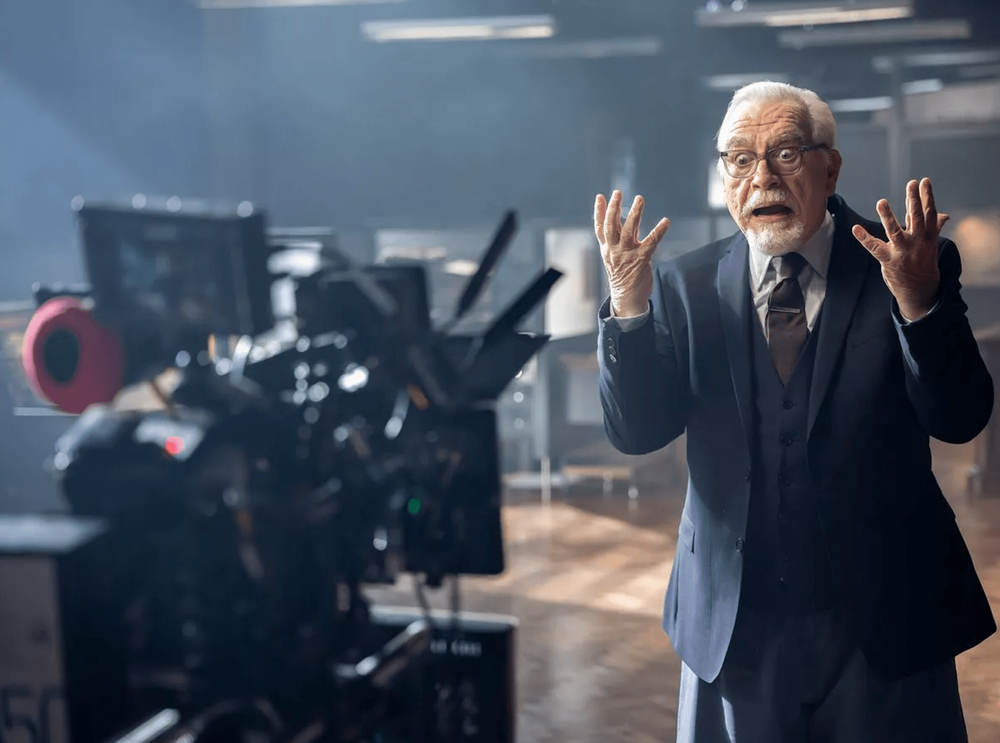
There are many kinds of runners. Is Asics trying to appeal to all of them? If so, what are the challenges that come with that?
Raucher: It is a challenge because we all know that in marketing it can’t be all things to all people, and you have to make choices in terms of your target audience. But at the same time, as a caregiver brand – which is very different to a hero brand or a ruler brand – we want to make sure that people are running, or playing any type of sport, in the products that are right for them.
We do look at different running needs or different playing styles in tennis or netball or volleyball or whatever that might be, and we develop a wide variety of products for a wide audience. But we also are looking for what the red threads that we can hang our hat on are. And from a product point of view, we see that comfort is something that is really important for us. We have what we call ‘comfort-led’ innovations. Every time that we bring products out, we really want to dial up comfort, and that’s because we know that if people feel comfortable, or if they aren’t distracted when they are exercising, they’re more likely to participate in sport and stay active in sport.
George Bryant, Golin, London
Can you tell us about the brief for this campaign?
Raucher: We’re trying to drive fame and talkability for our philosophy. We want to be the market leader. We want to be the most preferred performance sports brand, and in order to do that, we need to build brand preference. And building brand preference for me is as simple as giving consumers a compelling reason to choose Asics over the competition.
One way is product superiority - so as you get closer to point of sale, we’ll continue to talk about our products and the technology that’s in the process. But we think that another reason why someone would prefer our brand over the competition is this Sound Mind, Sound Body philosophy.
Why did you choose Brian Cox to front the ad? Was it down to his place in culture as Logan Roy?
Alex Wood: Fundamentally, all our ideas start in culture and Brian is famous as the world’s scariest boss. The question was ‘How do you start in culture and then move something on?’
Showing a new side to Brian felt really interesting. Having this kind of character highlighting the dangers of the desk and not moving, rejecting that ineffectual corporate wellness culture, that all felt interesting. So he became a great character to bring that to life. Plus, seeing him in shorts is the last thing you expect.
That kind of content travels, it’s a visual interruption. Fundamentally, it was about making sure that the work started in culture and stayed true to that, and that aided the travel of it.
With an idea that is extremely bold and quite on the nose, you have to go 100% into it for it to work. You can’t dilute it.
Alex Wood, Golin, London
Part of the campaign saw Asics changing its work contracts. What came first, the change to Asics’ work culture, or the call to action to urge people to get up from their desks?
Wood: First came the research into the issue, understanding why people weren’t moving in the present day and identifying the problems with the office, the problems with the desk and people being trapped at it. And we could have just had a call to action to say ‘move away from your desk’. But we pursue work that is focused on action and not just words. So we looked at how we could step beyond that and how we could allow people to get away from their desks. Then came the development of the clause.
We worked with lawyers to create the first employment contract laws for movement, guaranteeing Workers Movement breaks during their working day in addition to their normal break. The first place Gary and the team made it come to life was within the Asics business to practice what they’re preaching.
But at the same time, once that’s happened, it’s about how do we then bring that clause into the world? We open-source it and we offer it to everybody to use.
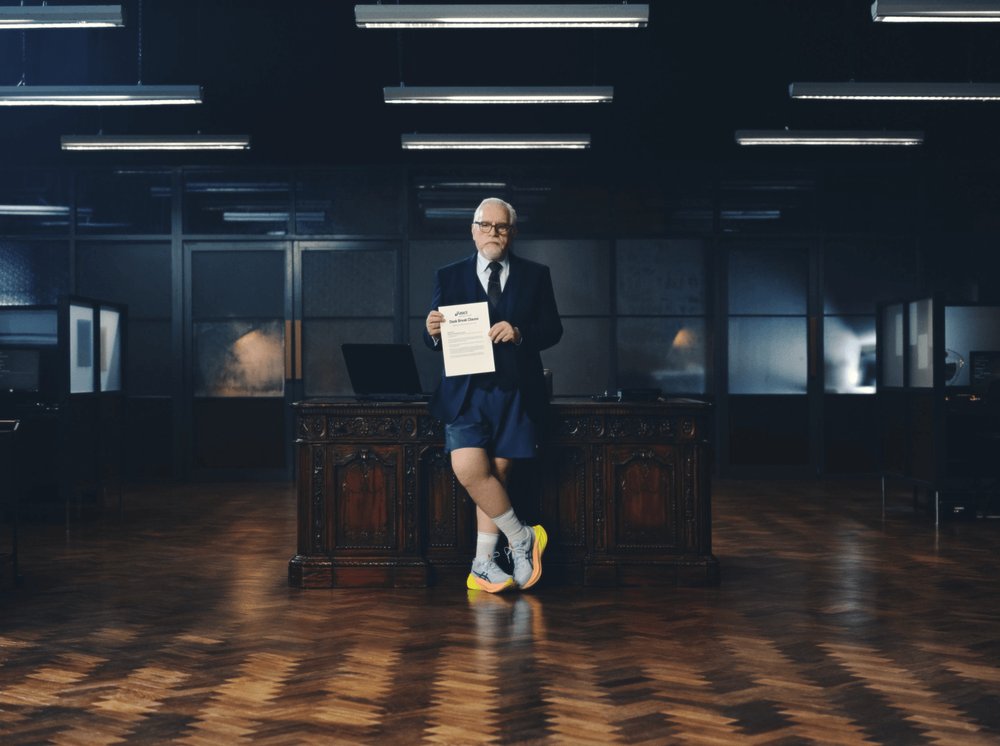
Can you outline the media plan a little bit?
Wood: Our thinking starts with creative ideas that earn attention at scale in culture, and then we think about integrating those into a wider paid plan. The idea in itself is something that grabs attention, which starts a conversation, and then looking at how you bring in the different channels, digital and social, all the way to working influencers and across LinkedIn as well.
All these channels maximise the reach, but ultimately we never just rely on the scale of that paid artillery. We come back to the innate strength of the story and earned idea at the centre of it all, which is driving that engagement and making sure that we generate the reaction that we did.
If you look at any of the conversations around the campaign, the sentiment is,according to our metrics, 100% positive. And in terms of the messaging cut-through,people have taken it on board and are seeing it as something that they want to beinvolved in, as opposed to feeling marketed to.
Gary Raucher, Asics
What does success look like for this campaign?
Raucher: First and foremost it’s fame and talkability of the brand positioning. Our latest metrics are showing that we have an earned reach of 2.3 billion people already, and that’s still growing - so we achieved that talkability.
Ultimately, though, we do brand tracking studies, and we’ll be looking for an uplift in the association with Sound Mind, Sound Body and we’ll look for an uplift in brand preference.
George Bryant: The other thing that’s worth talking about is the B2B element of this. This isn’t a ‘love it and leave it’ activity. It wasn’t just something that was a spike. The brand is working actively to help companies sign up to this and engage and continue to do the work.
Where there any specific challenges you encountered in the creation of this campaign?
Raucher: Internally, a lot of people still believe if you’re going to sell a product, you need to show the product and make it about the product. And I think that sometimes the biggest challenges are actually the internal ones.
There have been discussions internally about whether or not this was ‘on brand’ - if we’re a caregiver brand and we have a certain look and feel. But it’s worth reminding people that brand alignment is not about matching luggage; as long as the message and the takeaway is consistent, it’s the right thing.
Sometimes the most difficult thing about developing campaigns from a client perspective is getting the internal buy-in and support. But once you have success and you get trust, it becomes easier and easier to do brave and daring things, because people have seen that it has worked in the past.
Wood: With an idea that is extremely bold and quite on the nose, you have to go 100% into it for it to work. You can’t dilute it. From the talent to the script, the meaning lies there. You have to live the purity of the idea. It would have made life easier to water those things down - but if you want to earn attention, you can’t.
Bryant: This is an object lesson in bringing joy to purpose. And that’s never easy.
What has been your single greatest learning from this campaign?
Raucher: It’s reaffirmed that the platform has legs and that it is possible to find new and creative ways to tell the same story again and again. It comes back to perhaps the internal challenge of people always wanting to know what’s next. We’ve heard about that brand platform before, and this demonstrates that there is a way for us to do this year after year.
John Lewis had amazing Christmas advertising year after year to the point where people were looking forward to it and anticipating what the next John Lewis Christmas ad was going to be. And that’s our ambition for World Mental Health Day. We now have three consecutive years of really good campaigns for World Mental Health Day, and I want people to already be looking forward to World Mental Health Day 2025, and be thinking ‘What is Asics going to do next year?’
Wood: From a creative perspective, weird works and being unexpected is the bar to really engage. I think we are opening up a new era of work in that regard.
Bryant: I have two things. One is that change always needs to start from within. It can be easy to project out, it’s so easy to not do the work. The other thing is that the strongest brands build momentum in each chapter around a consistent core, and they build belief, and they build expectation, anticipation and impact.
